(Last Updated on May 11, 2024 by Henry)
Weight Lifting Straps –
Are Weight Lifting Straps New for You?
- What are Weight Lifting Straps – What are they & their purpose – Learn how do they work
- When, Why & How to use Weight Lifting Straps – Beginners & Experts, Recreational & Professional athletes
- The Best Weight Lifting Straps – What are the best possible weight lifting straps that you can get
- Adding variety/ Choosing different styles of Weight Lifting Straps – Different tools for different tasks
The Supporting Grip is the most common type of grip strength
Supporting grip is your forearms, hands & fingers’ ability to maintain a static hold on an object of your choice for a period of time. It is used when holding onto something such as a hammer, a rock, a suitcase, a baseball bat, or a shopping bag. You name it.
In other words, your supporting grip is also an almost inseparable part of your everyday tasks. Developing & improving supporting grip strength enables you to maintain a static hold, which in turn greatly supports your ability to lift heavier weights for longer periods of time.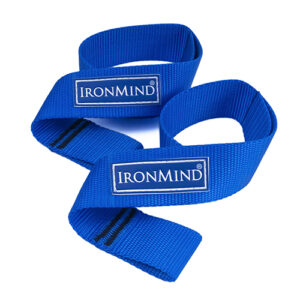
The supporting grip entails lifting objects with the fingers taking the brunt of a load in an isometric fashion. It applies to deadlifts, rows, pull-ups & kettlebell work.
It should be also noted that a true supporting grip entails your fingers wrapping well around the bar. It’s referred to as open-hand supporting if the handle or bar is large enough that there is a space between the fingers & thumb.
#1 Weight Lifting Straps – What are they & their purpose
Essentially, lifting straps are grip strength accessories that apply to your supporting grip strength – In a nutshell, it’s a piece of the strap (18″ to 25″ long & 1-1/2″ to 2″ wide, made of nylon, etc) tied into a noose from one end, that you can wear around your wrists.
The other end of the lifting strap will be wrapped around the bar, dumbbell, or kettlebell for supporting grip. Lifting straps are specifically designed to support your grip for lifting weights & to maintain static holds. As lifting straps are meant to support your grip, we can compare & see that they act very similarly by having the same purpose as ordinary gym chalk, but in their very own unique ways.
Meanwhile, both seem to be two completely different things – One being equipped for repeated use, the other applied on hands, that is being washed off later – They actually share & serve the very same purpose: Technically, not to make directly your own gripping-muscles stronger but to support your grip for a great deal through creating a frictional force. Simple physics but a huge difference.
Including this, both of these can be used very successfully in conjunction to achieve the same supporting grip goal, but with an increased effect, making it even more powerful. This combining-forces type of situation becomes possible due to the fact that both, lifting straps & chalk, can deliver their own unique abilities.
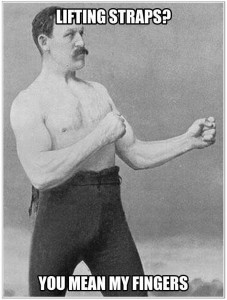 For chalk, the goal is to straightforwardly increase friction, and surface resistance (palms of your hands) against another surface (lifting bar), meanwhile directly not taking any load off from your forearm muscles/grip strength. In other words, it gives you the edge for better grip & control for lifting & holding the weight, but your own grip-strength-related muscles still have to generate the power to lift the actual weight.
For chalk, the goal is to straightforwardly increase friction, and surface resistance (palms of your hands) against another surface (lifting bar), meanwhile directly not taking any load off from your forearm muscles/grip strength. In other words, it gives you the edge for better grip & control for lifting & holding the weight, but your own grip-strength-related muscles still have to generate the power to lift the actual weight.
For weight lifting straps, the goal is also to increase friction, creating surface resistance against another surface, but unlike chalk, due to its mechanical nature lifting straps will take a tremendous load off your palms/forearms muscles/grip strength & redirect it to your wrists, where your lifting straps are being firmly attached to.
In short words, weight lifting straps will partially negate your own grip, which turns them into very interesting & definitely advanced grip accessories that create a whole set of pros & cons for using them. Meanwhile, they’re very easy to use, practical & extra useful, they’re not recommended for beginners unless you know exactly when, why & how to use weight-lifting straps.
#2 When, Why & How to use Lifting Straps
- Beginner Lifters: It’s recommended to train for at least 1 year until you have developed some basic grip strength. As a beginner, regardless of your additional tools, you are rapidly improving & greatly benefiting from almost every exercise & don’t need to add any fancy tricks to it yet. Take your time, you’re getting there.
- Intermediate Lifters: You can use lifting straps in warm-up sessions on various pulls & deadlifts. You should own a pair, no matter what. If you’re taking Olympic lifting more seriously & you’re snatching more often, you may find that the straps allow you to train longer & harder, than without them. A simple recipe for success.
- Advanced Lifters: Be careful if you’re a competitive Olympic weight lifter! Do not use straps 1-2 weeks out from competition. Lifting straps are great, allowing you to train harder & longer but they also might have a little impact on your lifting technique & provide a “different feel” on weight. Find a balance between using & not using straps & you should be well off.
- Competitive Strongmen: Everything you do pretty much has written HEAVY all over it. Compared to Olympic weight lifters, you should use lifting straps even more often if close to competition – To maximize your training efficiency meanwhile reducing the risks of getting injured as much as possible. It’s absolutely vital to keep you 100% on track & also injury-free.
As you start equipping lifting straps, your hand goes through the space created by a looped strap so that the lifting strap can rest on the back of your hand just below your wrist.
For the most common version of lifting straps, the rest of the strap goes over & outside your thumb on one side & outside of your hand (below your wrist) & down your palm (slightly beyond your fingers) on the other side.
You’re ready to go! Wrap the lifting straps around the barbell by going underneath & around the bar, and tighten your straps by twisting your hands on the bar like the throttle of the motorcycle.
Now you are gripping the bar with the lifting straps wrapped around it so that it will not slip out. Once you have your lifting straps in place, you can rotate the bar to tighten the straps to the bar & secure your grip to begin the lift.
- Firstly – Wrap the lifting straps around your hands.
- Secondly – Wrap the lifting straps around the bar.
- Thirdly – Grab the bar & tighten the lifting straps around it.
It takes a little bit of practice & time to learn how to position the lifting straps correctly & get your lifting straps tight enough. Also, there is no need to use a hook grip when you’re using lifting straps, but if it feels good for you, then do it.
Why Should You Use Weight Lifting Straps?
The 4 Main Reasons
- Recovery from injuries – Lifting straps should always be used if a lifter has a hand injury that prevents them from grabbing a barbell. Whether it’s a torn callus, sprain, or dislocated finger – Every once in a while your grip work might get too tough & you have to take time to recover – Instead of getting burnt out or staring at the ceiling – You can keep working out by using lifting straps while giving your poor palms of your hands a break from the beating they get from the bar.
- Assistance work – You can lift considerably bigger weights & do many more repetitions where your grip strength becomes a limiting factor. Your overall body strength progress doesn’t have to suffer, or be cut off because your grip strength is limited by various reasons: Rehabbing an injury/ is currently in progress to catch up in strength/ needs to be compensated for your muscle imbalances/difficulty to perform exercises that would normally be awkward without straps/ needs help to stabilize isometric exercises.
- Purposefully targeting different muscle groups – Our grip is the very first link & inseparable part of most exercises. In other words, whether you’re doing rows, pull-ups, deadlifts, or pull-downs, you are using your grip. Always! Your goal might be to train your entire posterior chain including exercises for the upper back, lats, lower back, traps, or quads, but not doing it simultaneously with grip work. If you want to train your grip, it can be done separately on its own time. You don’t have to sacrifice everything else at the expense of your grip.
- You’ve already trained grip enough – Weight lifting straps will be excellent if you have already completed your grip training workout & you want to carry on with different exercises. In that case, lifting straps can be highly beneficial, not only by taking the load off from your fingers, hands & forearms but also preventing possible injuries & over-training that can easily happen with your hands. Remember, your forearms are one of the smallest muscle groups in your body, it’s easy to get inflammation if you overdo it – Use straps to balance training.
Despite the sound reason for using lifting straps, don’t become dependent upon them. Always find the balance. At the end of the day, regardless of how big of a masterpiece the tool is you’ll receive, you’re still your own boss.
There’s always the other end of the specter of the trainees.
Those who tend to be too lazy, simply won’t put in effort.
But are ultimate experts at conjuring excuses for everything.
There’s an inevitable, simple truth. Be aware of what you’re doing & why you’re doing it.
So, it’s important to keep in mind, that there’s a lot of scaremongering going on about using lifting straps. It’s all over the place. If you haven’t already encountered any yet, prepare yourself, because more than likely you’ll eventually come across that.
Typically, this includes one end of the specter: Those who have irrational fears of neglecting their grip – Lack of knowledge combined with ignorance & thus completely suffering from their own tunneled vision. The downside is that they won’t keep their preferences to themselves but try to confuse you as well with their misconceptions.
It’s great to surround yourself with experienced lifting buddies & even better to have a personal trainer.. they can help you a lot, to give you direction, but don’t always take their word for granted either because even they don’t know it all.
Word of advice: Always be vigilant, & never listen to everybody else too much. Strength sports are highly individual cases – At the end of the day, combined with the correct knowledge, you & only you can decide what’s working best for you.
There’s also a simple example about using a kitchen knife: What can we tell about it? Yes, it’s a multi-functional tool that can be used for preparing food, opening boxes, fixing things & so on, the list is pretty much endless. What about, if a person picks up a kitchen knife & then cuts off their own fingers with it? Do we start a fear campaign that kitchen knives are exceptionally dangerous & should be put out of use completely?
Of course not. We rather point out, that a person who used this particular tool, is not qualified enough to put it into practice.
The exact same thing goes with Lifting Straps, or in a matter of fact, with everything in this life – It’s a better idea to try to understand, what you’re using & why you’re using it. Gain the knowledge, and master the tool & it can be put into great use.
#3 Adding variety/ Choosing different styles of Weight Lifting Straps
Depending on the lifting strap style, there are usually three different styles. All three types of lifting straps serve the exact same purpose – to support your grip for lifting weights & to maintain static holds. The difference is how they are built & who will benefit the most from each of them.
- One: With no sewn loop – Lifting straps with no sewn loop
- Two: With sewn loop – attached at the ends, sewn into closed loop.
- Three: Sewn & looped over – Sewn to the strap & then the strap is passed back through the loop.
1 With no sewn loop – These are specifically designed for Olympic weightlifters. These are very likely the hardest to use for beginners because the ends of those lifting straps are tricky to manage & they come off from the barbell very easily.
But that’s the trick itself & the whole point of those lifting straps – Quick bailouts for maximum safety.
You can perform the most technical of lifts without getting stuck under the bar & retain your mobility at the same time.
2 With sewn loop – These are attached at the ends, sewn into a closed loop. The easiest of the three & fun to use. For everyone who doesn’t like to manage the ends of lifting straps with no sewn loop.
With sewn loops come off as quickly as they go on & won’t choke up your wrists. Excellent for any athlete.
Highly recommended for complete beginners – Lifting straps that are outstanding but easiest to handle.
3 Sewn & looped over – Sewn to the strap & then the strap is passed back through the loop. These are Strongman-style lifting straps for maximum heavy lifts.
These are built to secure the weight you’re going to lift as much as possible. These straps are very easy to use & inspire confidence.
Lifting Straps like these are specifically designed to give you the most secure grip on a bar you could possibly have.
Why Should You Use High-Quality Lifting Straps?
To Avoid Injuries
It’s easy to break your body, almost too easy. Your first priority should always be avoiding injuries, no matter who you are. If you’re serious about your lifting, whether you’re recreational or professional, & looking for high-quality straps that are extremely durable, you can never go wrong with IronMind’s Lifting Straps.
As they’re super strong, they’re also thin at the same time, which is a huge plus. It means you can feel the barbell & get much better control over it VS wrapping a fat-rope-type of lifting straps that mess up your grip & are too weak.
If you’re serious about longevity, being healthy & preventing injuries, you don’t want to invest in low-quality lifting straps – Something that can possibly snap during a heavy lift, cause a major setback by pulling some of your muscles & in the worst case rip your tendons as well. Avoid these situations at all costs.
It’s important to put your safety first. If you injure yourself, it means game over for you. Getting stronger is a marathon, not a sprint – Investing in high-quality equipment goes a long way.
Thanks for Stopping By
Have Questions?
Please Leave A Comment

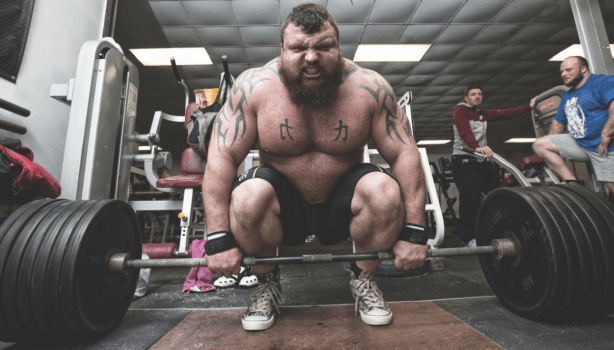
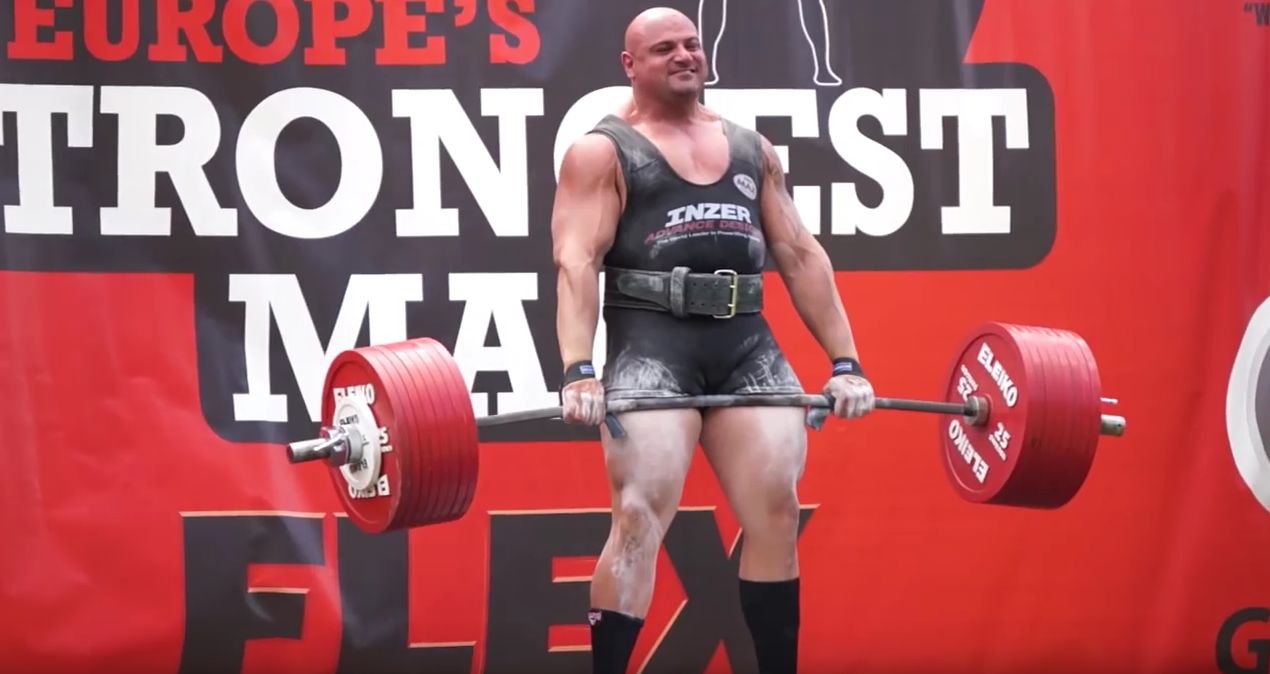
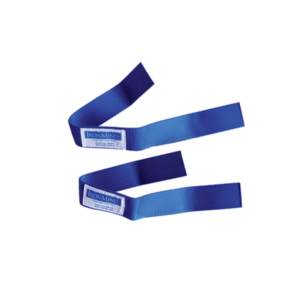
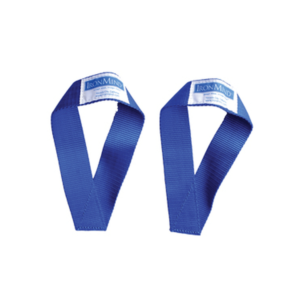
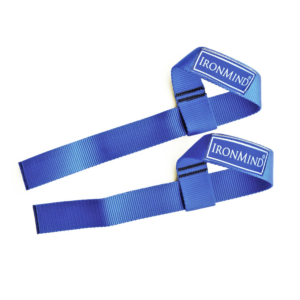
So I often don’t bother with the heavy lifting equipment, because it’s so complicated, but thanks to your site I think I understand it better now.
Not to say that I’ll go jump in and do it on my own just yet, but I’m a little less hesitant knowing that there are easy ways to get the information I need.
So thank you so much for that.
Ethan
Thanks for stopping by Ethan,
Everything new appears overwhelming sometimes, & it’s totally ok.
Just spending a little time around new equipment usually is enough & gets you started quickly.
In future, let me know if you need help with anything.
I don’t use any of this but your site is very informative on this subject and will be very helpful for those that are looking for more information on this subject!
It’s always great to discover new things in our lives.
Thanks Melissa for stopping by & thank you for your kind words!
I appreciate it
There are a few things that I like about lifting straps and a few things I do not.
Likes:
1. I like the feeling of secure that i get from the straps and not just the bar to my hand kind of secure. The fact that my hands are perfectly secured and positioned on the bar allows me to focus even more on my form.
2. I like the grip strength. It is nice to be able to do realistically 75lbs more on my deadlifts
3. They’re easy use
Dislikes:
1. I feel that I dont get to work on my natural grip while using them
All in all, great review and I would personally recommend these to anyone who wants to add weight to there lifts. They do work very well and once you have your own pair you’ll see what everyone means. Most gyms won’t let you use chalk and it’s really irritating, so the lifting straps are the only thing worth using to replace that.. Liquid “chalk” I do not like. Its just a personal thing with me.
Thanks for the great information!
Thanks for stopping by to share your experience!
You’ve outlined many great reasons why & why not to use weight lifting straps.
I feel pretty much the same.
There’s a subtle fine line of balance between using & not using lifting straps.
Owning a pair is a must nonetheless – We should have one, no matter what, if being serious about lifting.
More volume, less injuries..
I appreciate what you said about sewn loops and how they are the easier straps to lift weights with.
I believe that weight lifting straps are beneficial because they allow you to access nearly every muscle in your body via varying exercises.
If I were to purchase weight lifting straps, I would make sure to contact a supplier that carries a wide selection of products.